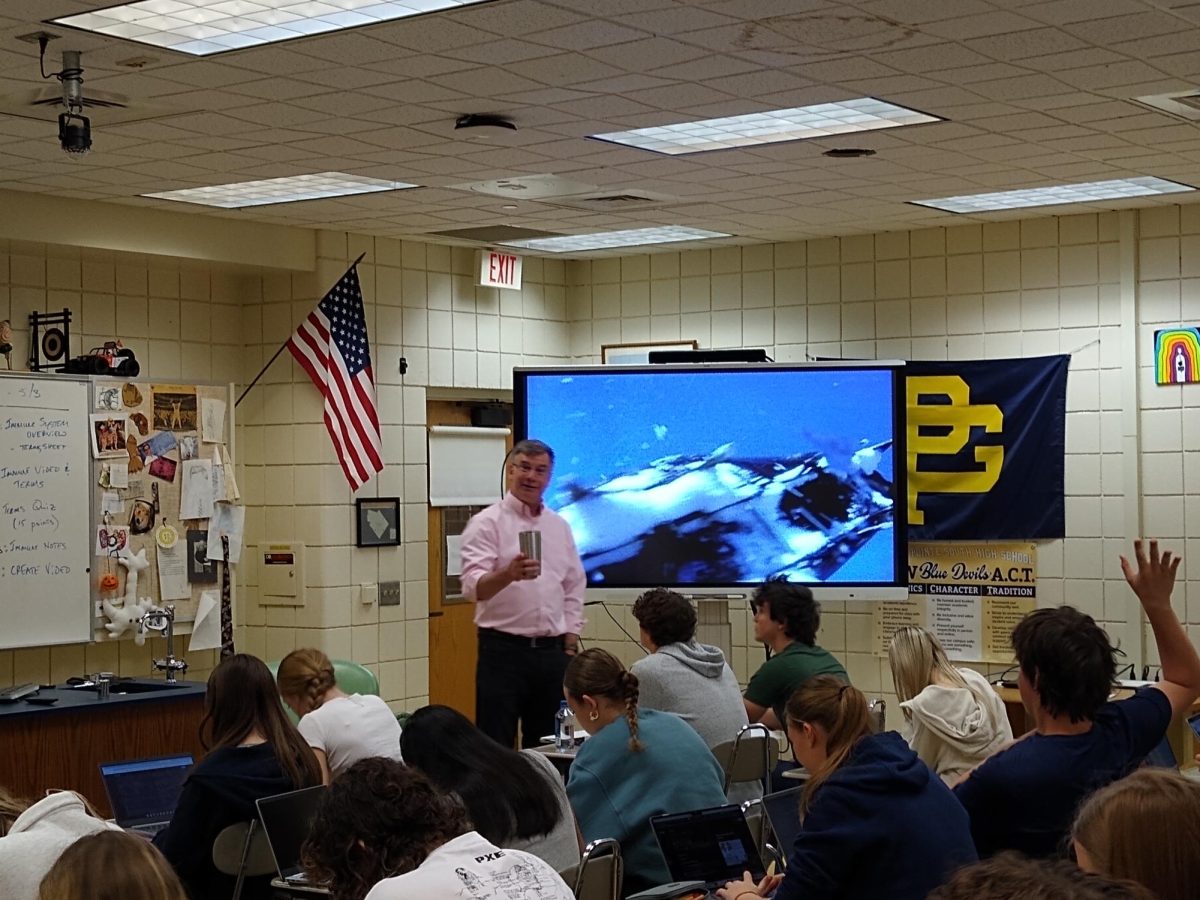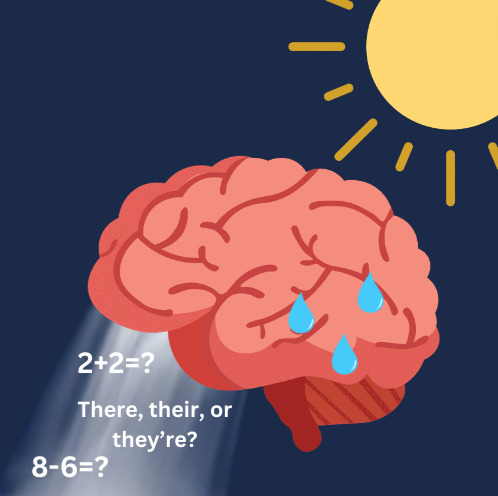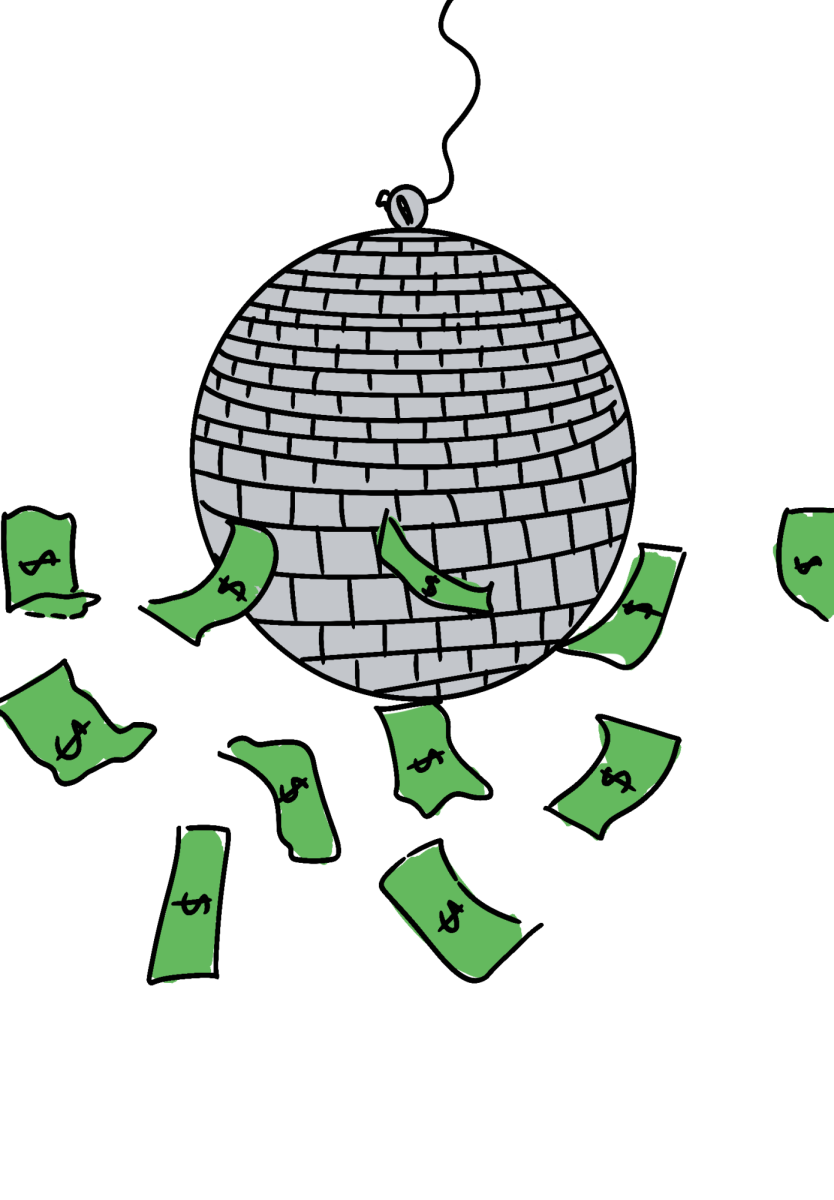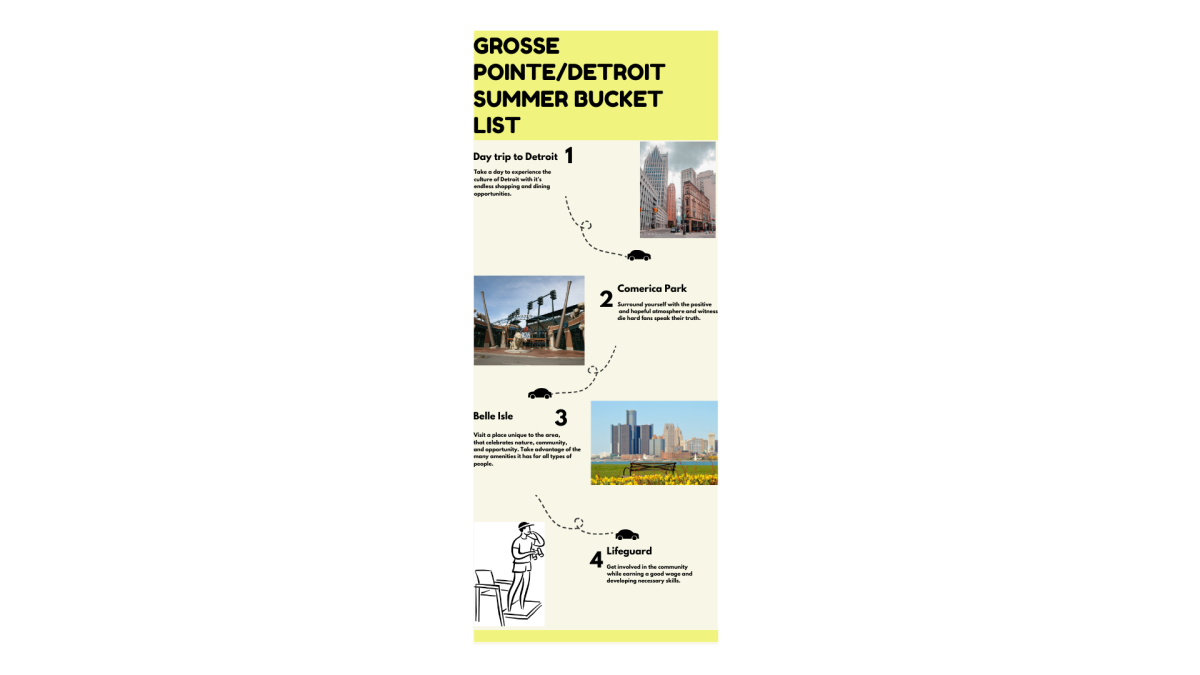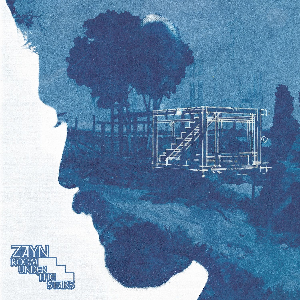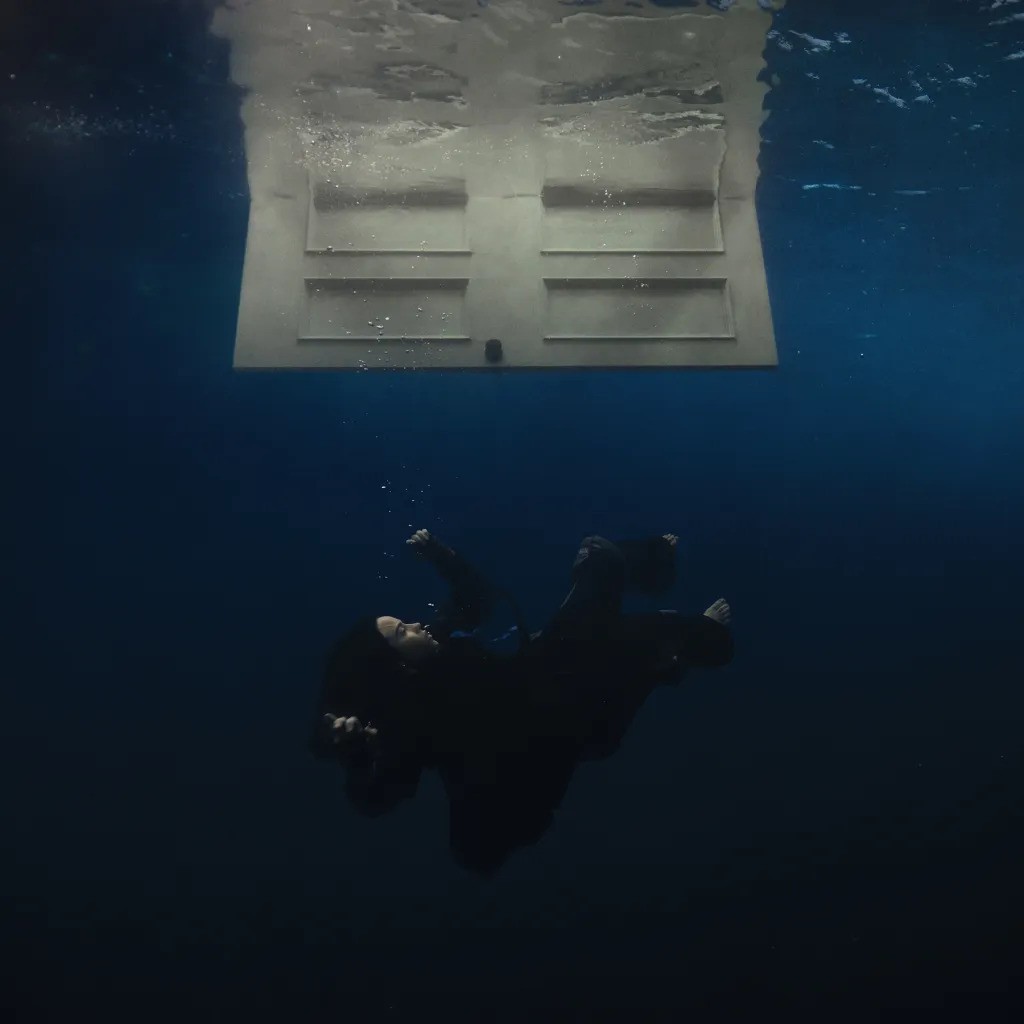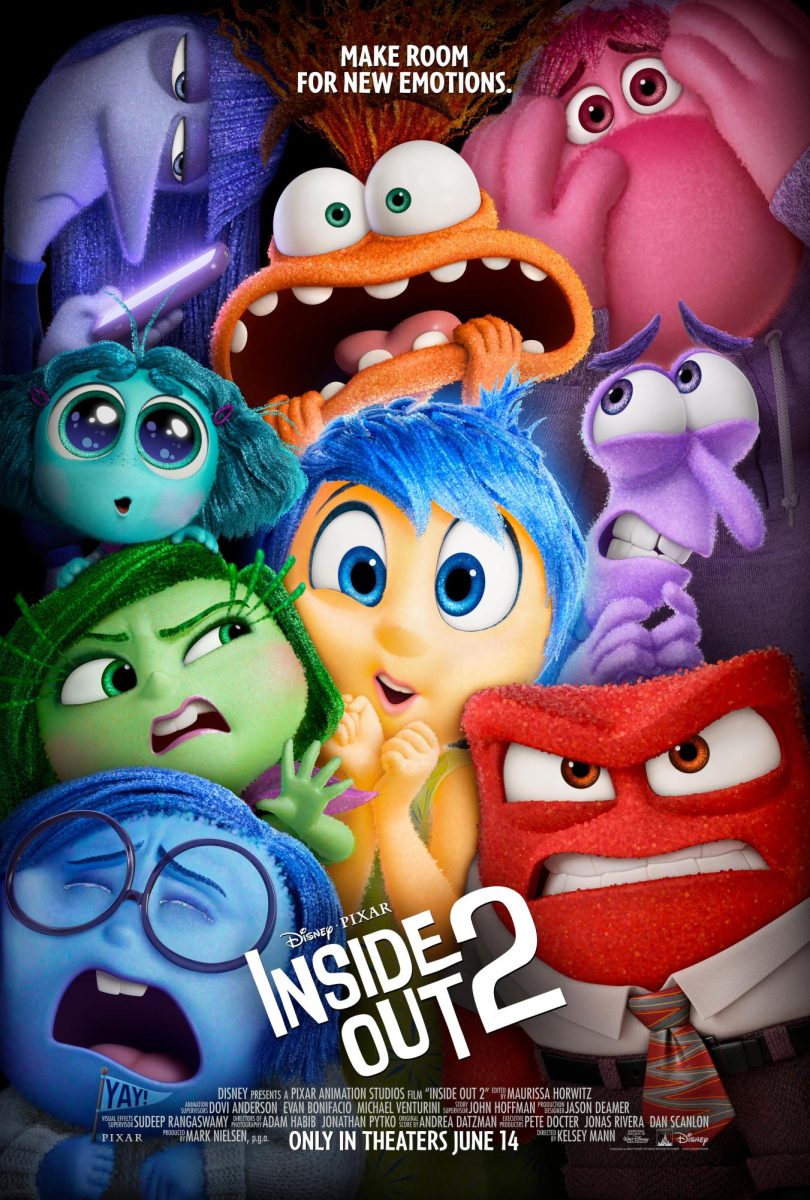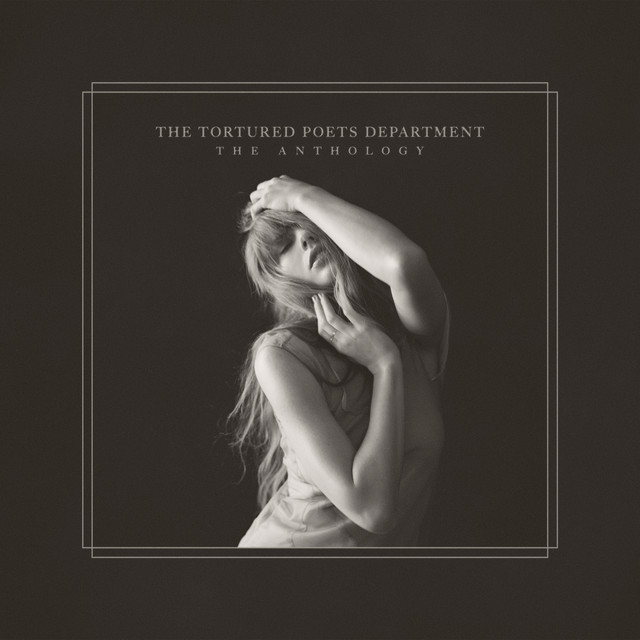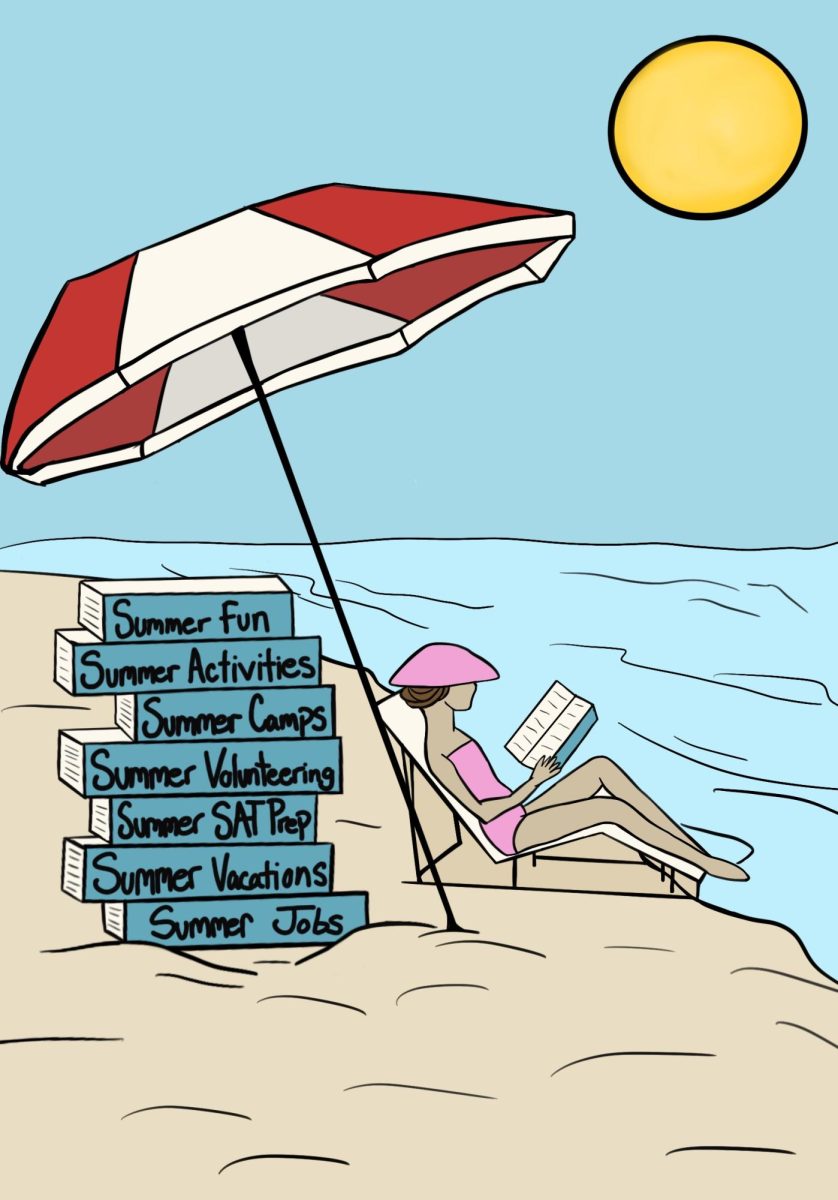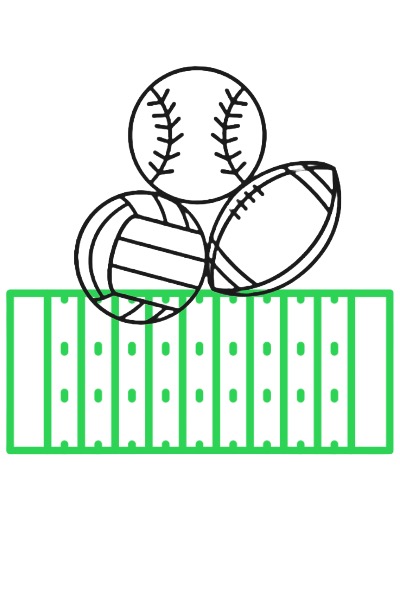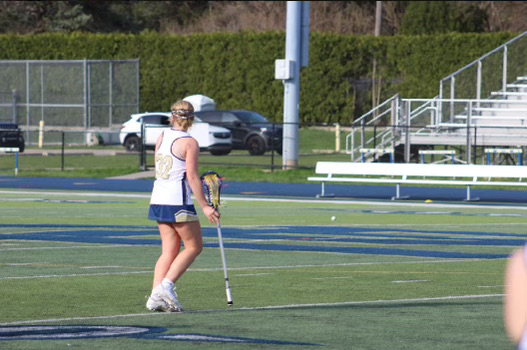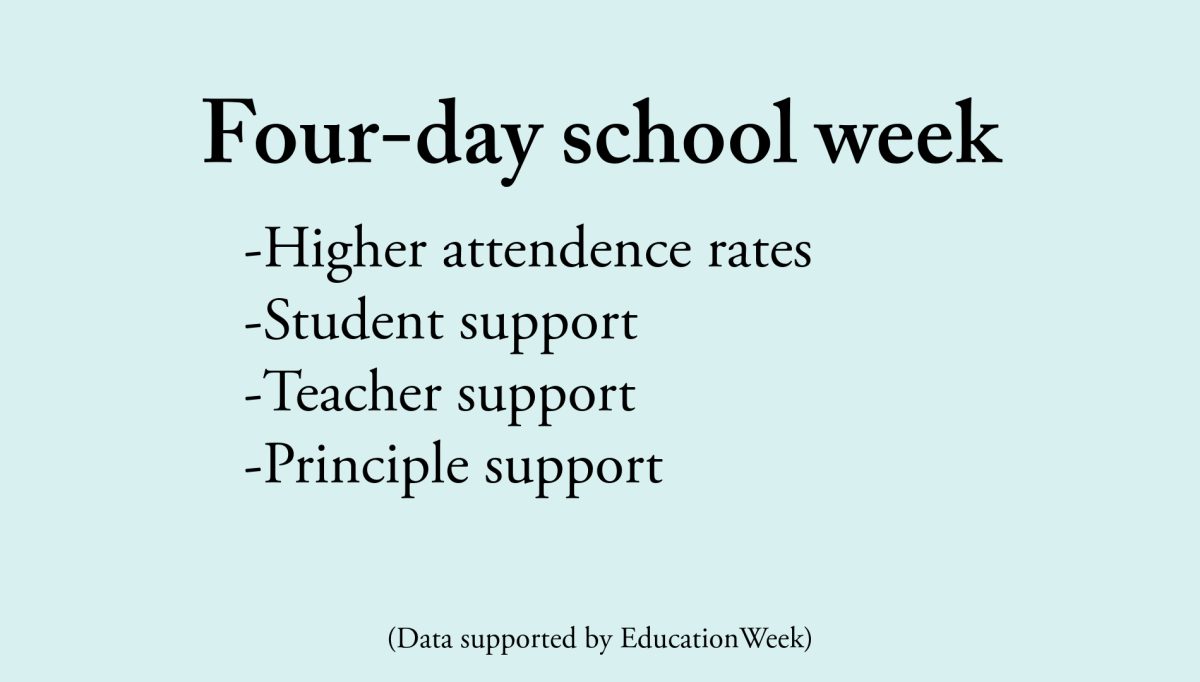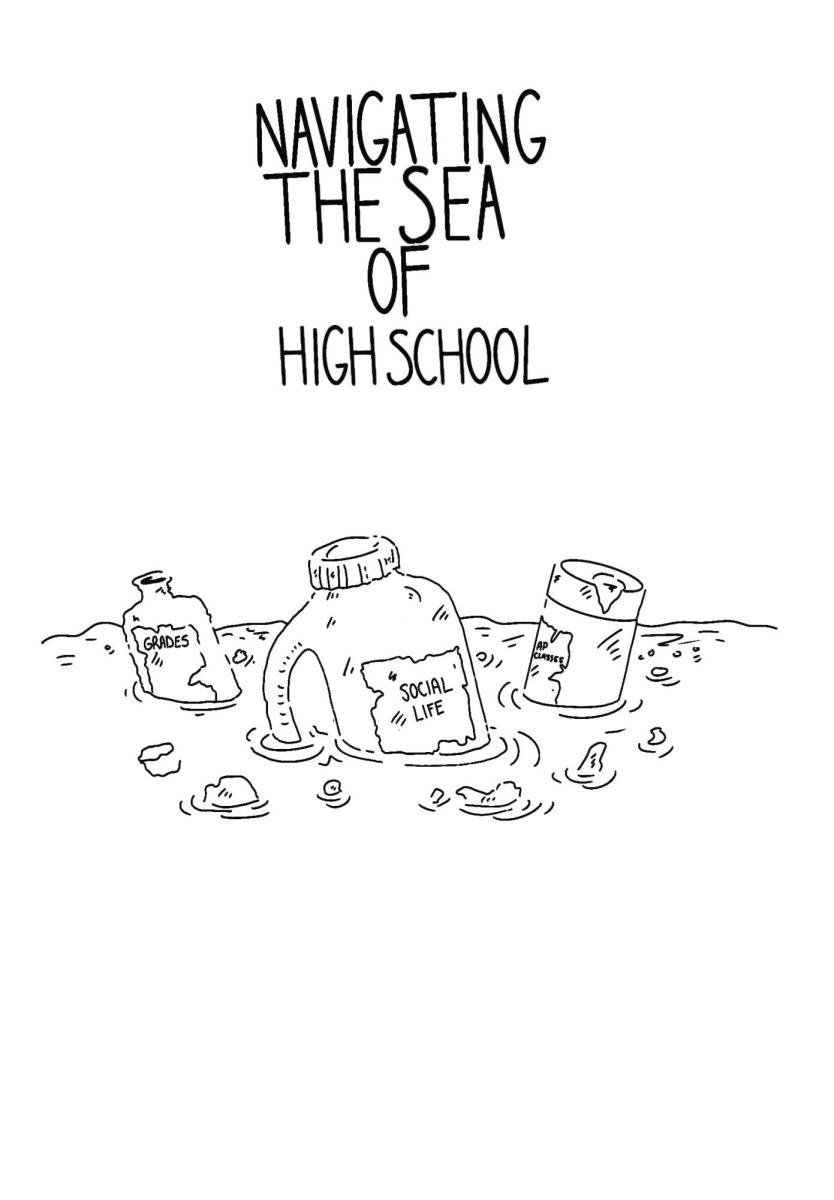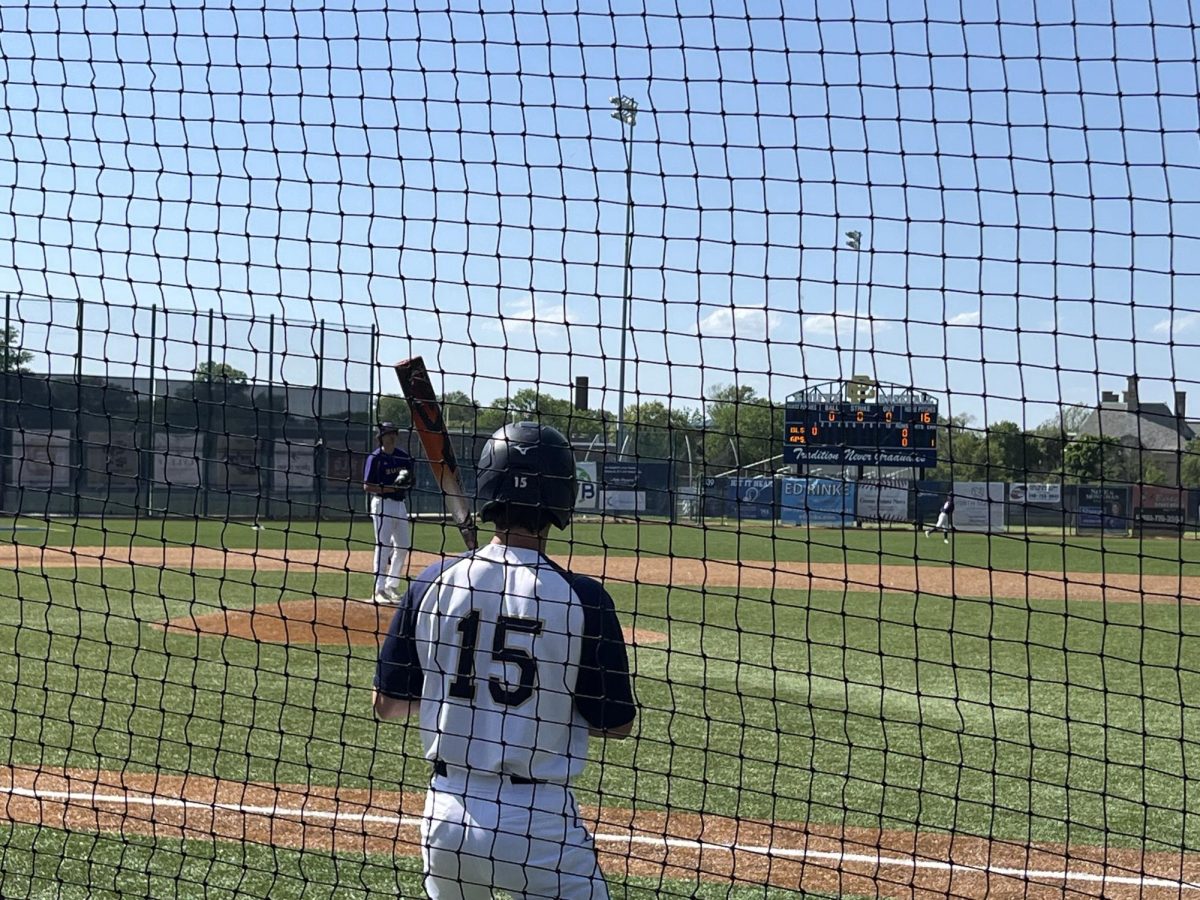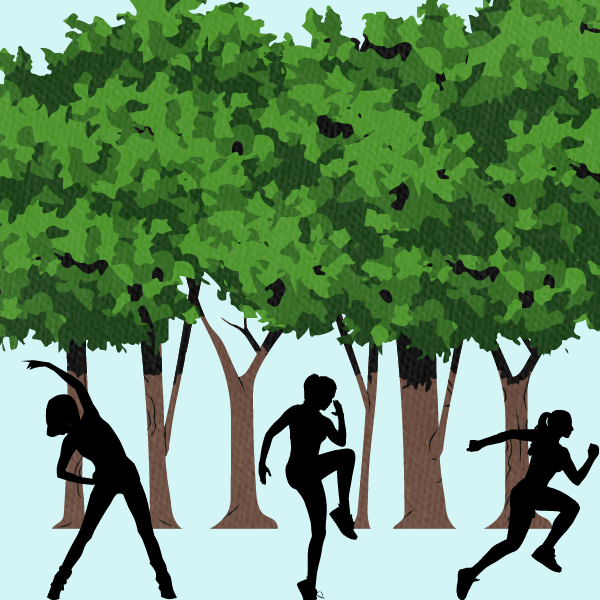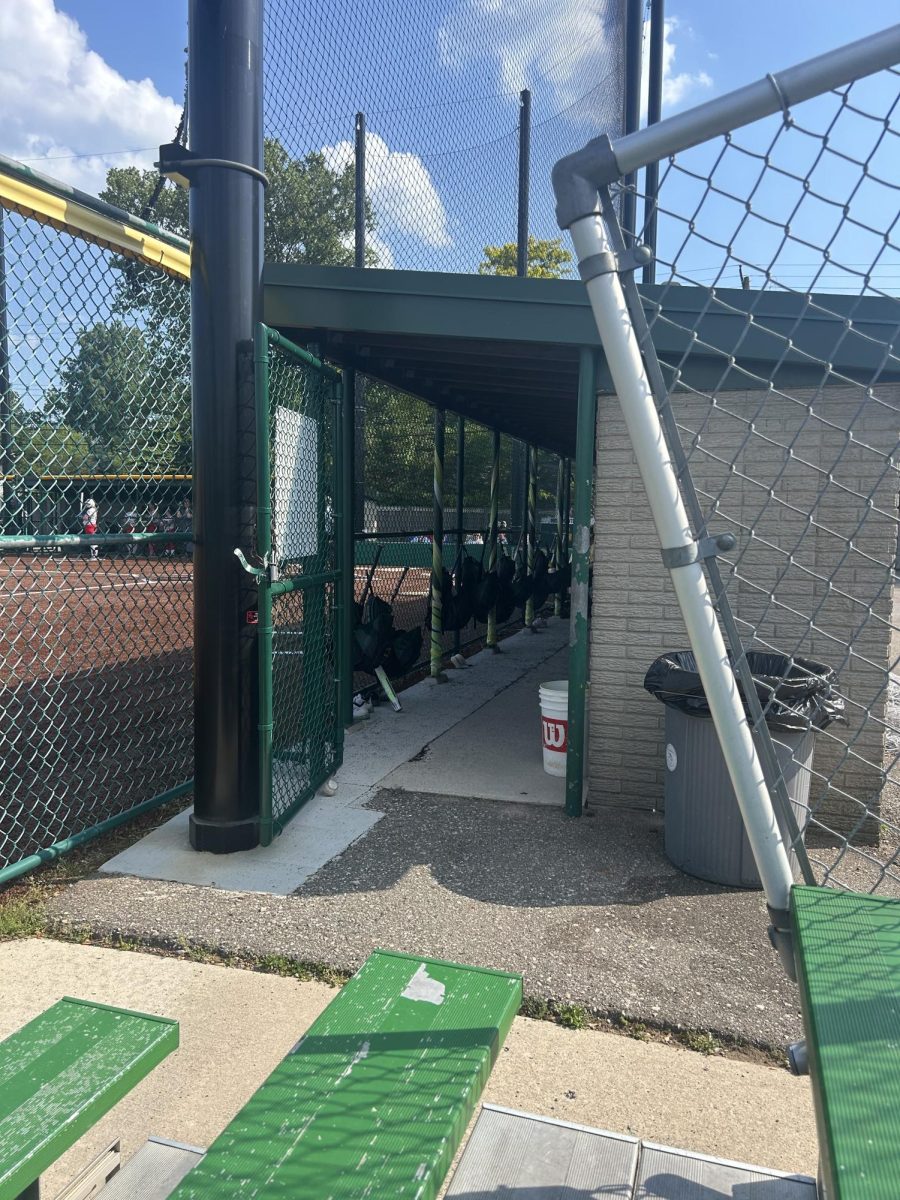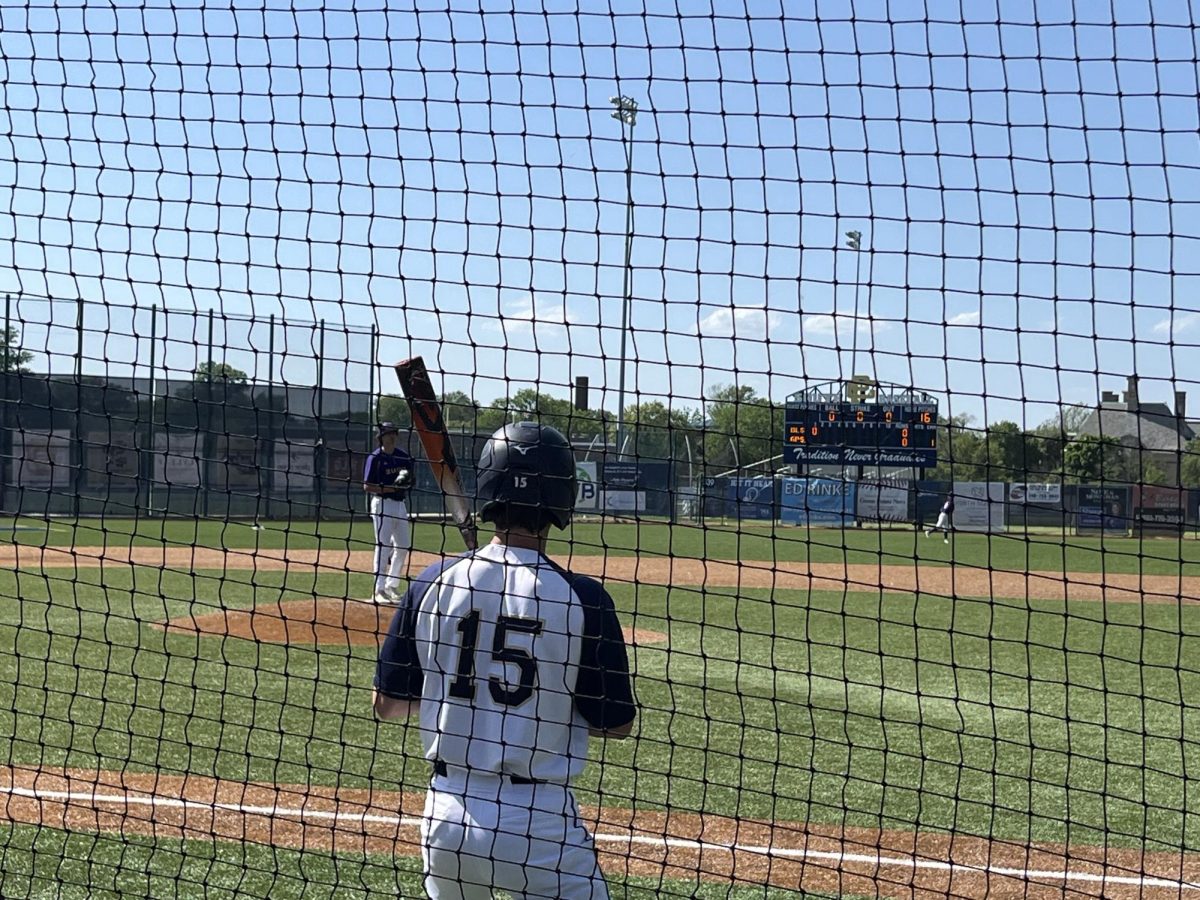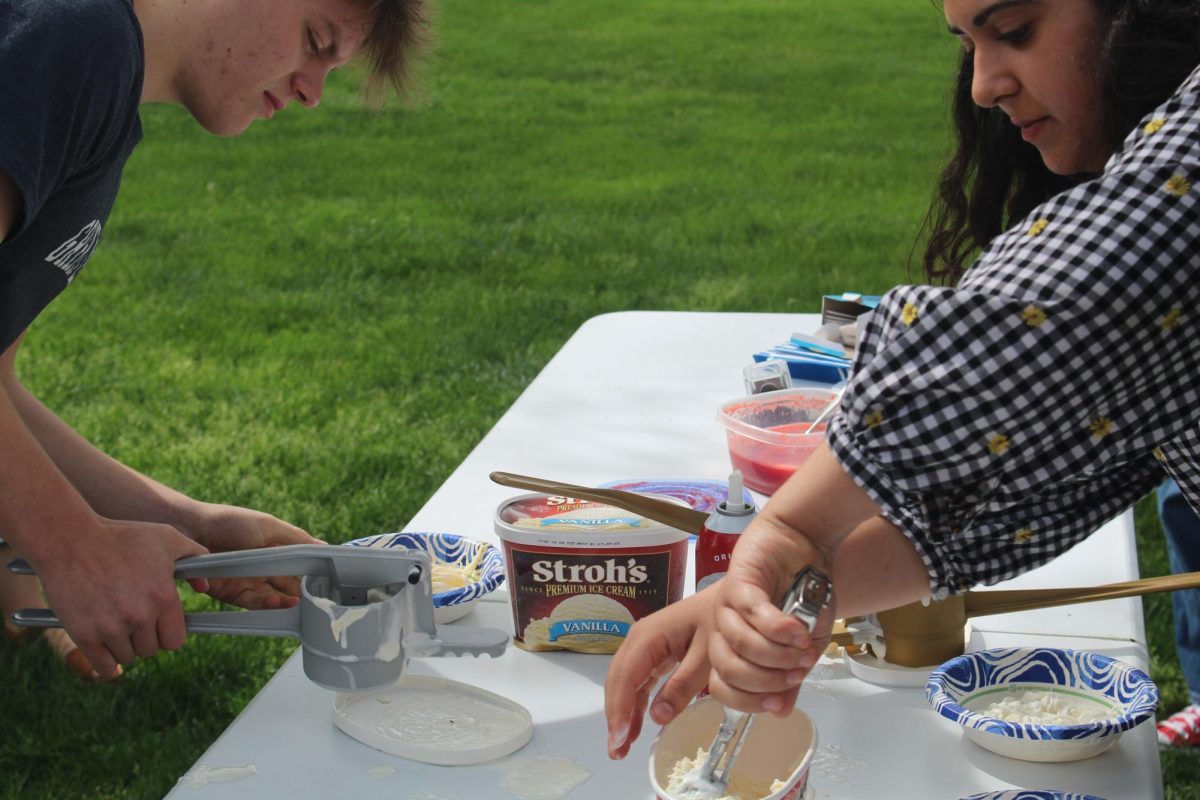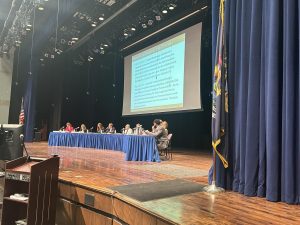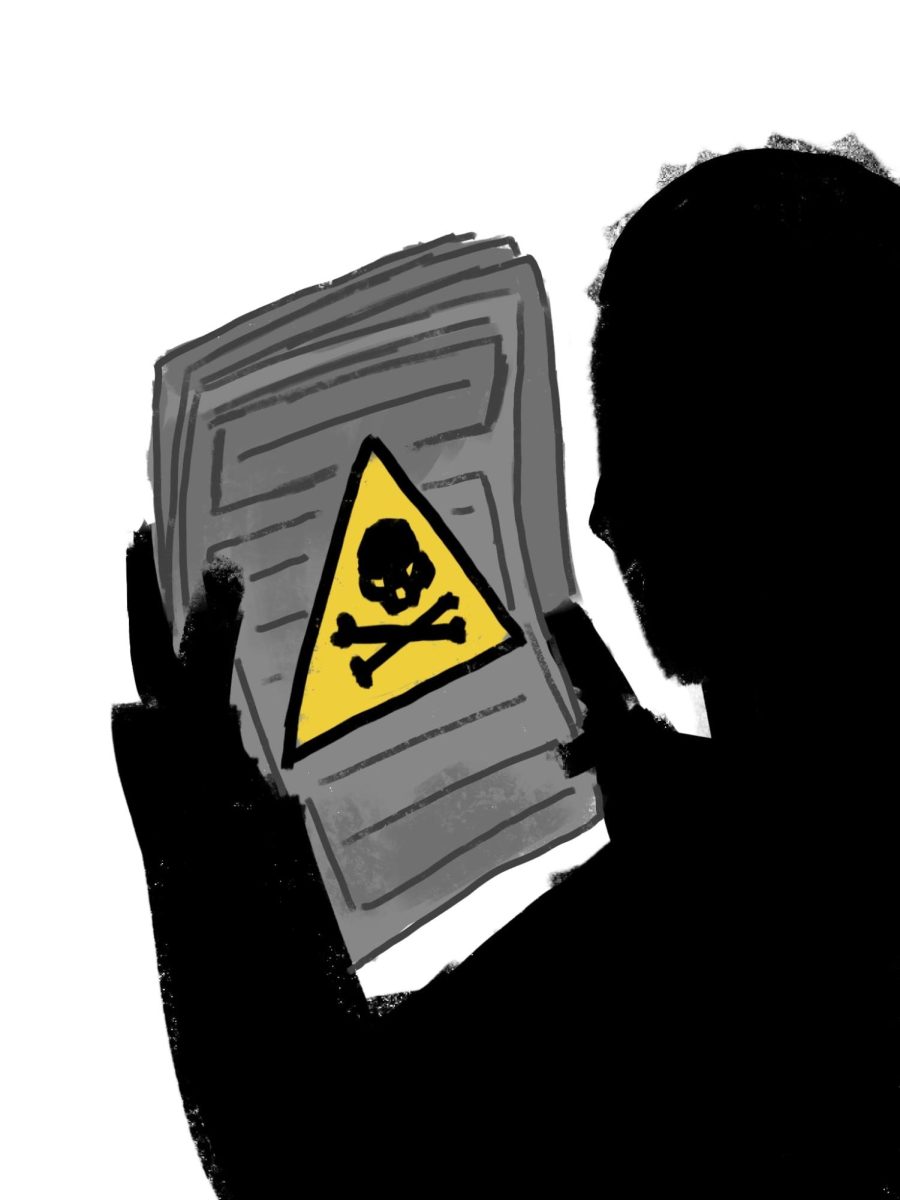For years, the issue of published false information has infected the news world. All sorts of news articles are packed with fabrication and propaganda with the hopes that someone might have enough interest on the topic to click on it..
With this struggle, people have learned to spot the signs of false news in order to protect themselves, and others from the spread of misinformation. Librarian Courtney Johnson believes that the source of an article can contribute to identifying false knowledge.
“So in the news, you need to look and see if it [the source] is considered more centered or is it going to lean more left, or lean right,” Johnson said, “So for kids, I’m always looking for statistics, interviews, experts in the field, and mainly facts without emotion.”
Informational articles loaded with emotional sensitivity and compassion are generally overflowing with misinformation. They tend to have a large swaying effect due to the fact that people are more affected by the personal pull the articles have. Lydia Sharpe ’26 finds that certain organizations and issues are an instant turn away when she is researching.
“I tend to avoid companies like Wikipedia because I’ve been told by a lot of teachers that it is unreliable,” Sharpe said. “I also don’t trust newspapers that have bad grammar or word choice.”
Another easy way to differentiate fact and fiction in news is to vet your sources. According to Senior Director of Media Relations at the News Literacy Project, Christina Veiga, it makes a huge difference if a second search is done to see what other sources say about the publication.
“Look for clues of credibility, like whether the publication has a code of ethics and if they’re transparent about their funding and who’s writing the articles,” Veiga said. ”You should also scan the content and ask whether the information being presented seems like clickbait or if it seems biased.”
To be more clear, bias and emotion are the twins of misinformation and should always be seen as a red flag in the journalistic world. Most dis informational articles are packed with contradicting knowledge, making it very hard to decipher fact from fiction.
“So you just have to be very mindful and cognizant of looking for that bias,” Johnson said. “Looking for those emotions, looking to see where the facts are coming from, or who they[the authors] are truly interviewing.”
Fake news is extremely dangerous to both students and faculty. News affects important decisions about all sorts of different cultural aspects. In any case, the best approach to limit your news consumption to factual pieces is to read articles carefully and thoroughly, and then absorb the information.





